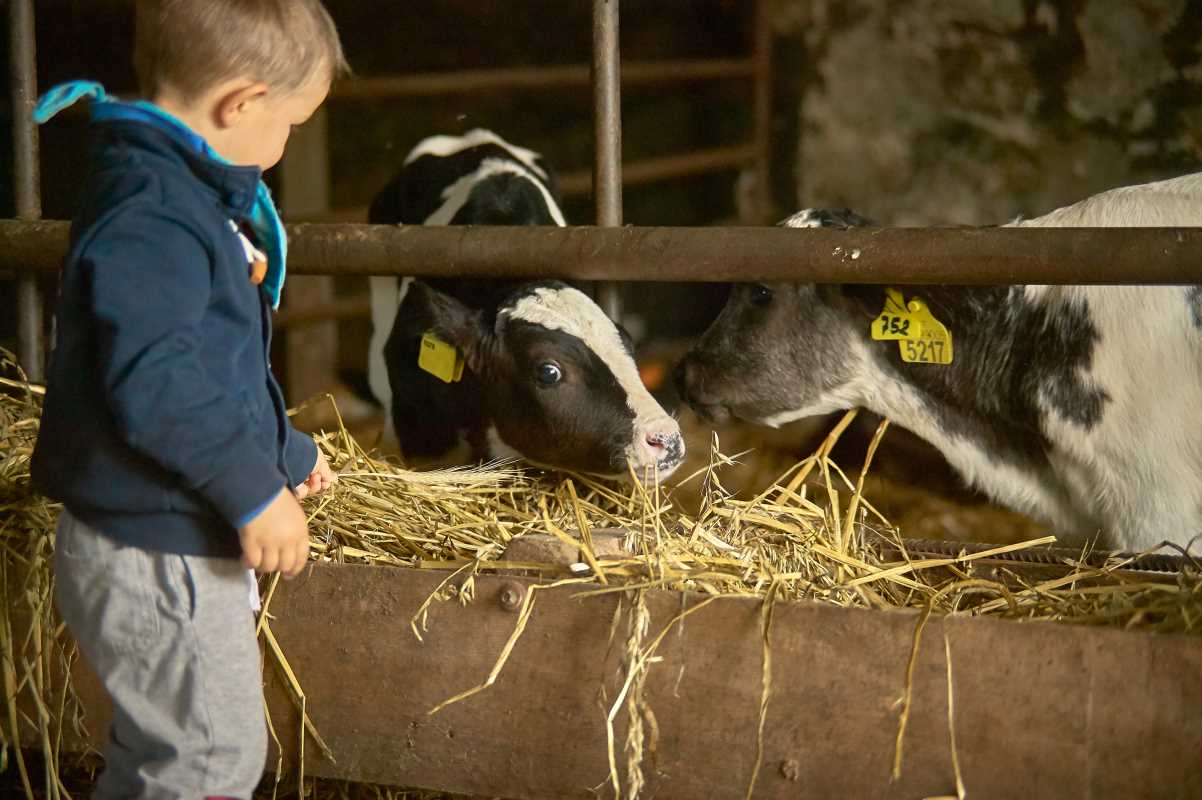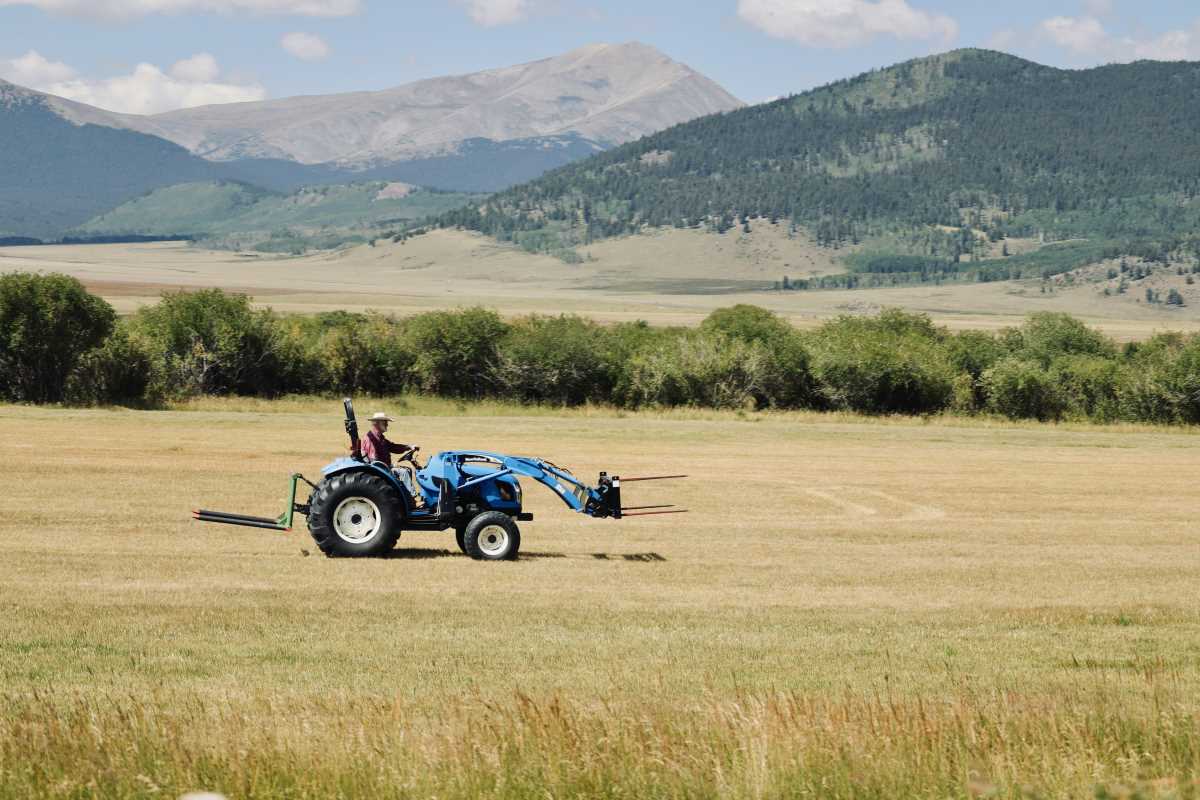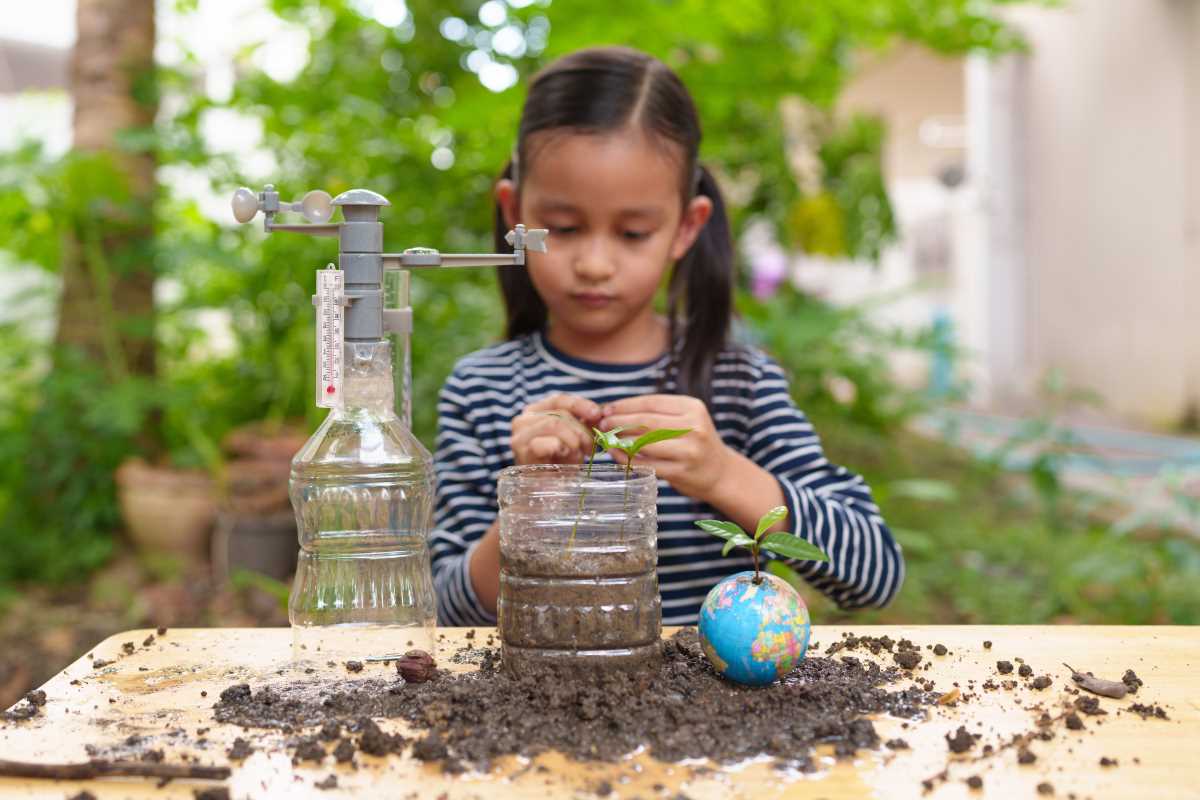Curiosity and innovation come together in gardens enhanced by robotics, where technology blends seamlessly with the natural world. Young learners create and test their own robotic projects, transforming gardens into interactive spaces filled with discovery. By designing and building devices that help grow fruits and vegetables, they experience technology in a practical way that encourages hands-on learning. As they tackle challenges and try new solutions, they develop valuable problem-solving abilities. Gardening with robotics brings science to life, making each project an opportunity to watch ideas take root and flourish in a real-world setting.
Robotics initiatives in the garden reveal hidden patterns in plant growth and soil care. They inspire curiosity and practical learning by connecting physical projects with everyday food production. Key benefits include improved efficiency in garden management and enhanced engagement with nature.
- Boosts interest in science and technology by demonstrating practical applications.
- Teaches computational thinking through real-world problem solving.
- Enhances understanding of plant biology and ecosystem management.
- Encourages collaboration among participants as they share challenges and solutions.
Key Equipment and Materials Needed for Robotics Gardening Projects
Integrating robotics into gardening projects requires a careful selection of tools and components. A well-equipped workspace allows young learners and hobbyists to prototype, troubleshoot, and ultimately integrate their designs with garden care practices. Choosing reliable equipment lays the foundation for successful projects that work in larger outdoor environments.
Organizing the necessary materials before starting a project ensures smooth progress and fewer interruptions. Tailoring the list to fit outdoor conditions helps maintain the longevity and durability of the equipment while meeting project needs.
- A microcontroller board such as an Arduino or Raspberry Pi for programming and control systems.
- Sensors for monitoring soil moisture, temperature, and light levels.
- Actuators and motors to construct moving parts capable of tasks like watering or harvesting.
- Weather-resistant enclosures to protect electronics from the outdoor elements.
- Basic tools like soldering irons, wires, and mounting brackets for assembly.
Simple Robotics Projects to Help Kids Get Started
Starting with accessible projects builds confidence and triggers a deeper interest in robotics and agriculture. Small vehicles programmed to navigate garden rows or simple irrigation systems that respond to sensor data serve as excellent beginner projects. These early efforts give a sense of achievement while directly helping with crop care.
Exploring safe and manageable projects in a large outdoor space encourages experimentation. Groups can test a mini robot that monitors humidity or deploy solar-powered robots that work during daylight hours. These activities turn theoretical knowledge into interactive hands-on learning experiences.
Making Robotics Projects Fun and Educational for Everyone
Mixing creativity with learning helps everyone see robotics as a useful tool to improve daily routines. Organizing interactive sessions that combine coding with gardening promotes inventive thinking and allows participants to see tangible improvements in crop production. Projects can turn into community events, sparking conversations across different age groups.
Transform everyday tasks into exciting challenges by adding playful elements to robotics projects. The following tips make learning enjoyable and meaningful:
- Create friendly competitions to design the most efficient watering system.
- Set up team challenges where participants build a sensor network for optimal plant care.
- Host open sessions where projects are explained and tested by peers.
- Integrate artistic design into bot construction to add a personal touch.
Connecting Robotics Projects with Daily Food Production
Combining technology with agriculture strengthens the link between innovative projects and food production. Installing devices that monitor soil conditions and automate watering routines makes daily gardening routines more effective. This connection also shows the practical benefits of robotics in maintaining and improving plant health.
One useful project involves creating a system that accurately follows a pre-set schedule while adjusting based on real-time data from the garden. Participants can explore topics like nutrient balancing, pest control, and weather adaptation.
Advancing Knowledge: New Agricultural Robots
Agricultural robots are transforming farm management by automating tasks like seeding, weeding, and harvesting, making food production safer and more efficient. Exploring these innovations helps participants upgrade their projects and adapt to larger spaces.
Combining robotics with gardening sparks creative problem solving and practical skills, turning small experiments into valuable systems. This blend of technology and hands-on experience modernizes traditional methods and supports sustainable, efficient food production.







